When cold weather approaches, it is important to know how to pick up properly the right and convenient winter boots; so, the following list introduces some tips for purchase this winter.
Investing in a good pair of winter boots is an absolute must for those who live in chilly regions of the globe. As you travel through months of snowy and icy weather, they will assist in keeping your feet warm, dry, and firmly planted on the ground.
In the following, we will discuss all of the major factors that should be taken into account when selecting the ideal pair of winter boots for you. These factors include heat, height, waterproofing, weight, and fit.
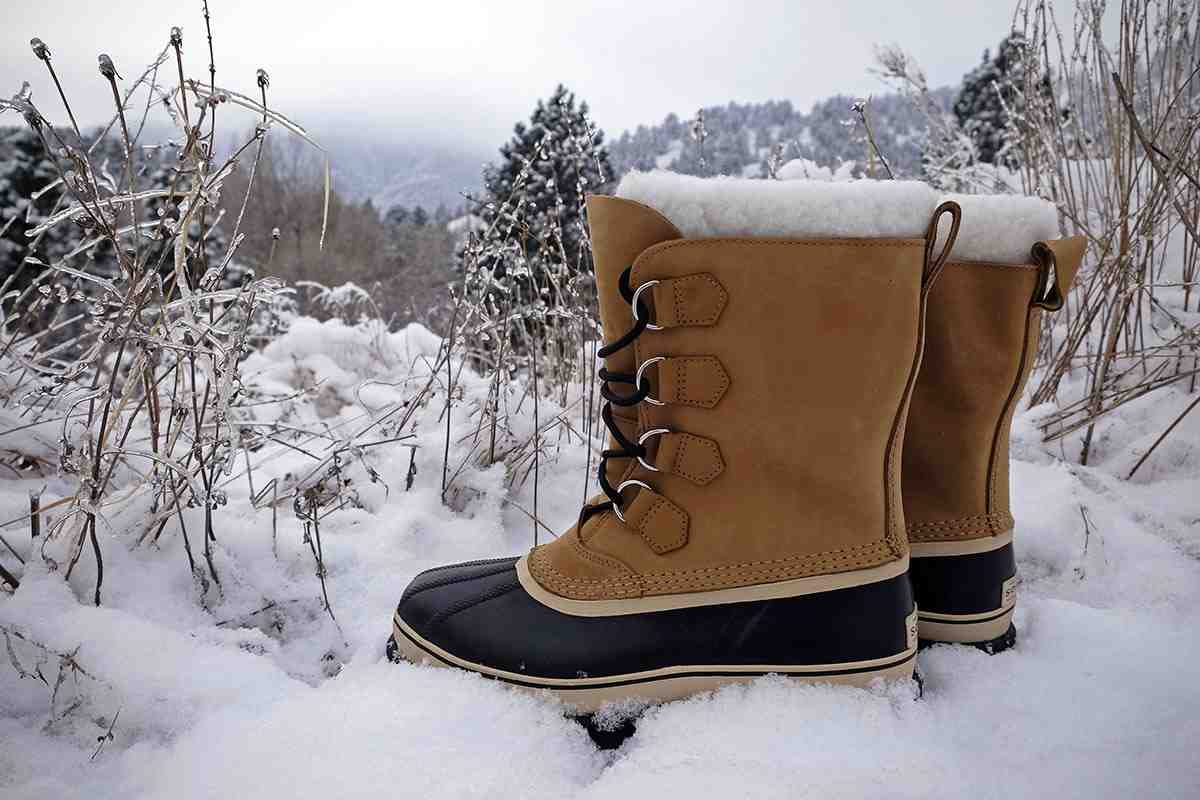
Check out our post on the best winter boots to discover which styles we recommend most highly for both men and women.
Wear for an Everyday Occasion or Winter Hiking?
When shopping for winter boots, the first thing you should do is consider how you want to put them to use.
In general, there are two schools of thought on winter footwear: the first is comprised of casual winter boots, which are ideal for day-to-day usage, including commuting and some mild outdoor activity.
The second category consists of more backcountry-oriented versions that have the general appearance of hiking boots but have additional insulation and traction designed for the winter.
Thin backcountry variants and light are best for activities such as snowshoeing and winter trekking, while versions that are thicker and warmer are ideal for working outside in the cold and participating in activities that need less movement.
As you can anticipate, many types of casual winter boots feature an appearance that is both more streamlined and more urban.
The men’s Fairbanks and the women’s Minx Mid III from Columbia are two of our favorites since they are not only fashionable but also provide terrific value.
In addition, the designs of these boots typically offer adequate traction in the majority of snow conditions, the insulation ought to keep your feet fairly warm (unless you are out for a long period), and nearly all of them are water-resistant around the feet, making it possible to walk through light snow and puddles without getting wet.
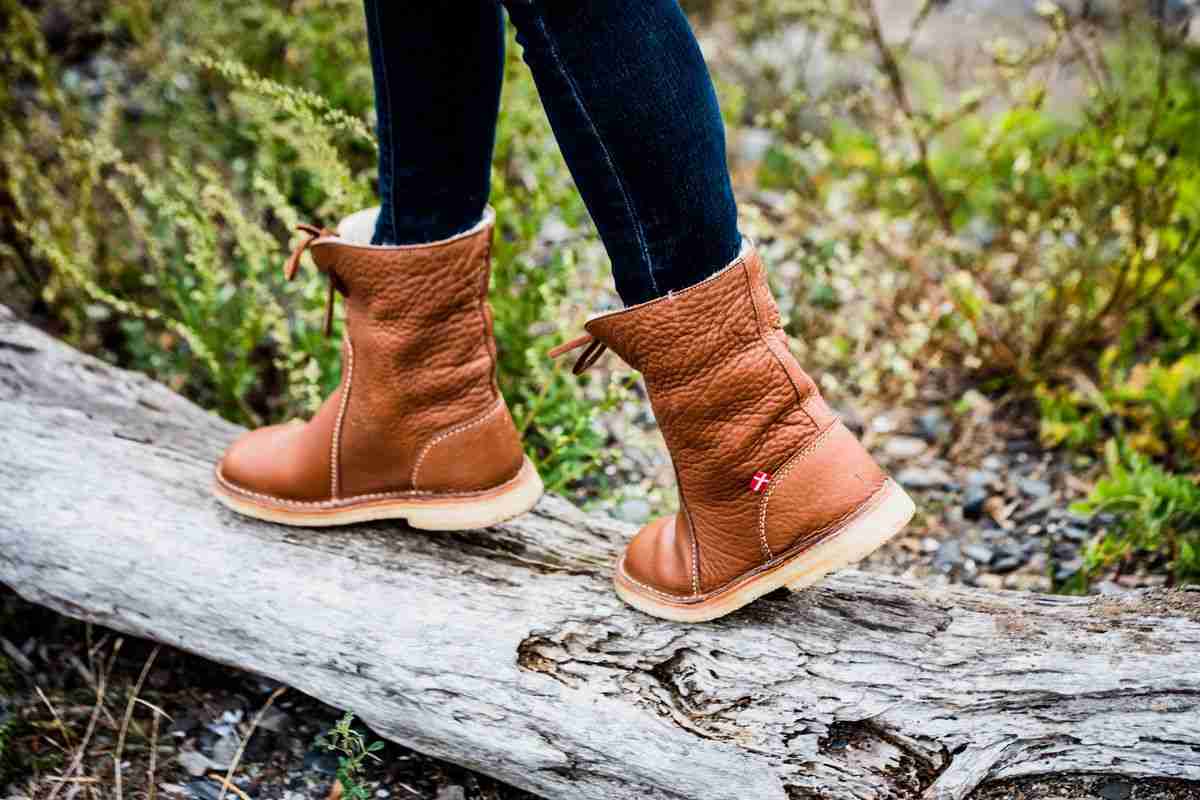
It may be worthwhile to invest in a more robust pair of boots, though, if the environment and the terrain are expected to be extremely challenging, or if you anticipate being out for lengthy periods.
How Much Warmth Is Necessary for You?
There is a decent amount of variety in terms of warmth, which is a must for a fantastic pair of winter boots.
To begin, we would like to point out that several different shoe manufacturers give a temperature rating; nevertheless, we always advise our customers to take these ratings with a grain of salt.
You may come across footwear with ratings as remarkable as -25 degrees Fahrenheit or lower; nevertheless, the reality is that, in contrast to sleeping bags, there is no established rating method to quantify the warmth of footwear.
It also depends on your activity level, circulation, the sort of sock you wear, as well as its thickness, and even how well the boot fits your foot.
Reading the temperature readings and making notes is one of our favorite things to do, but we always presume that they are accurate and search for other specifications as well.
There are a few different options available for winter boots’ levels of thermal protection and insulation.
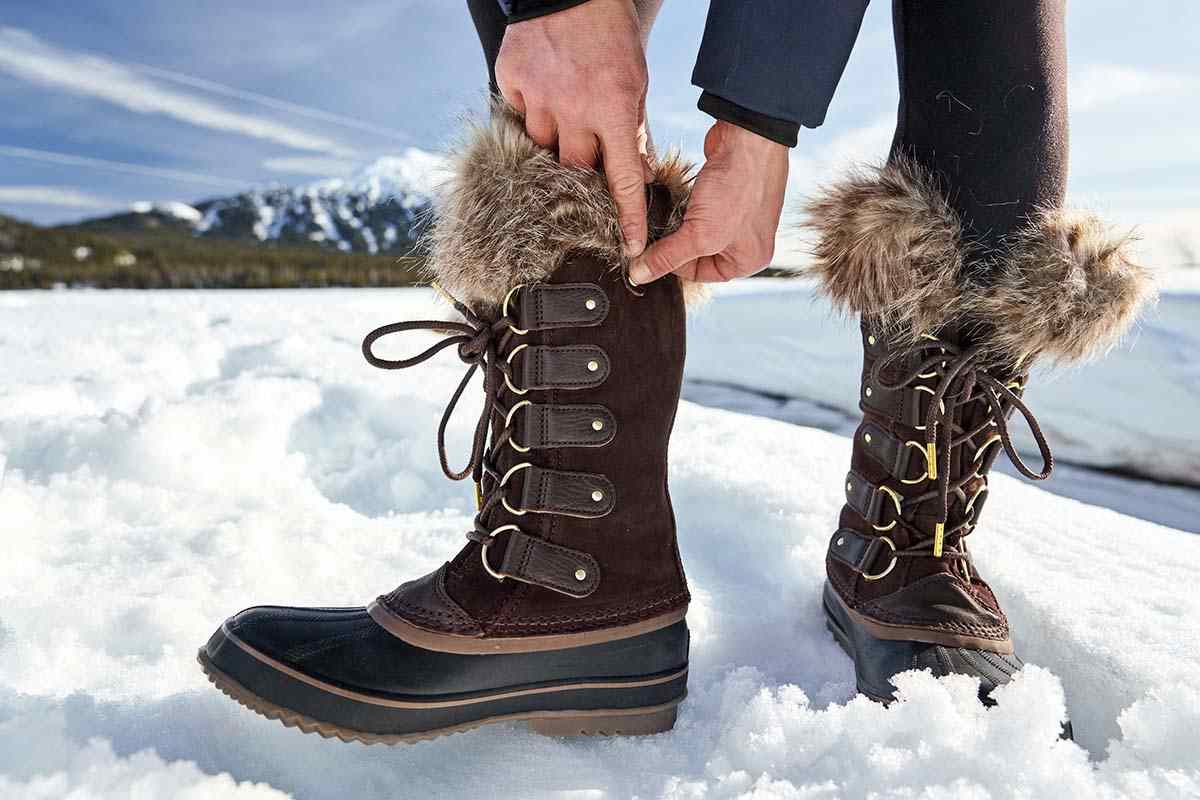
Synthetic fill is by far the most prevalent kind and may be identified by brand names like PrimaLoft and Thinsulate in addition to a gram rating that indicates the level of thickness.
Synthetics are great, particularly for footwear since, unlike down, they are water resistant and continue to insulate even when wet.
This is important because it matters if water gets into your boots or if your feet sweat a lot.
As a point of comparison, the insulation of many lightweights to midweight boots ranges from 200 to 400 grams, but the insulation of a genuine cold-weather boot, such as Cabela’s Predator Extreme, may reach up to 1,200 grams and has a thick lining.
In addition to artificial insulation, you’ll discover that some winter boots come with a separate felt lining that can be removed (for more information on this, see the section below under “Two-Piece vs. One-Piece Designs”) or have an interior stuffed with sheepskin or wool.
The effectiveness of these various methods of insulation varies greatly from model to model, with the majority making use of synthetic materials.
Boot Height
The height of your winter boot is meant to keep ice and snow out, in addition to keeping your feet toasty.
And if you aren’t going to put snow pants overtop or use gaiters, then height matters a great deal, and it also has an influence on the design. Shaft height, which is the effective result from the footbed to the top of the boot, serves as our foundation for comparison.
Although the reporting is a bit variable (more on this below), we still utilize shaft height as our base.
At the lowest end of the scale, several hiking-centric versions have a height of around 6 to 7 inches, which, unless the snow is really deep, does a reasonably decent job of doing the job.

Some of the more casual choices, such as the Sorel Caribou, are created with more of a focus on warmth and flair, and the height is increased to 10 inches.
And if you want to go big, the Steger Mukluks come in at roughly 11 inches, while the Bogs Classic High Insulated comes in at a whopping 15 inches, making them the tallest option on our list.
Waterproofing: Given that you will be traveling in snow and through slushy winter terrain, almost all winter boots include some level of water protection in some form or another.
As was discussed before, two-piece boots often provide the highest level of waterproofing possible.
The thick rubber that wraps around the feet and the leather shoes on the outermost casing is quite impervious to the elements, and the boots typically come with a liner that can be removed.
On the other side, one-piece boots have a thin membrane that is both waterproof and flexible, and this membrane is located between the boot’s exterior and its inner.
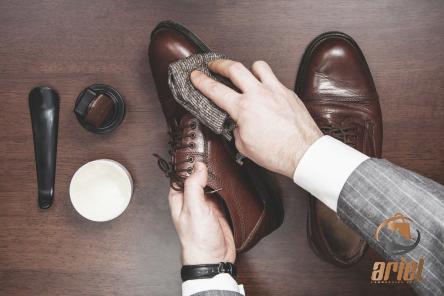



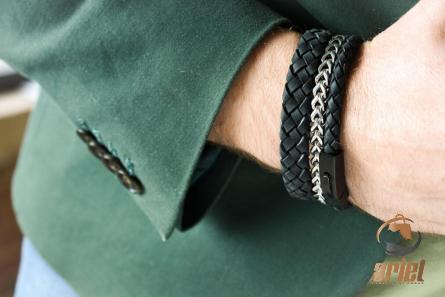
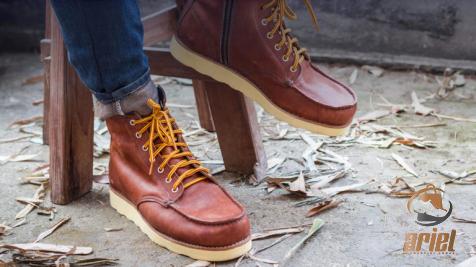


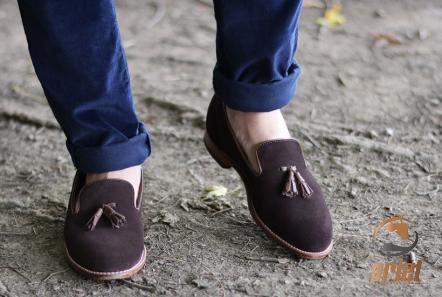
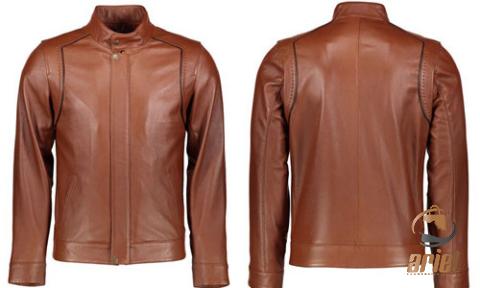
Your comment submitted.